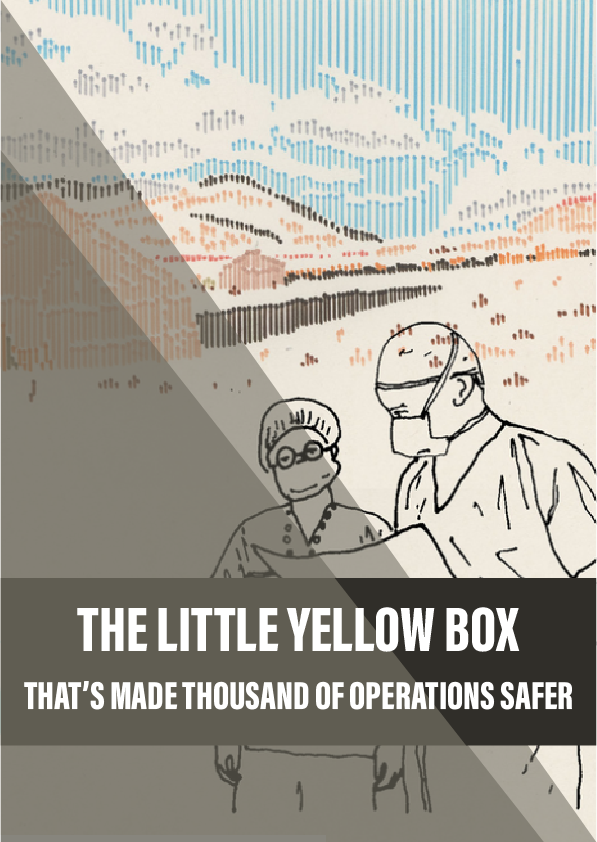Millions of people are left dead or disabled by surgical complications each year when one simple piece of kit could have saved them. Jane Feinmann discovers how it has helped transform medicine in Mongolia.
Gundegmaa Tumurbaatar glimpsed her son only for an instant as he was carried into the ageing Soviet-built hospital where she works. It was one of the first fine days after the gruelling Mongolian winter, and she had left Gunbileg, aged three, and his older brother playing outside, telling them to be careful. Now, he was moaning in pain and covered from head to toe in filth and blood. A passer-by had brought Gunbileg to the hospital after seeing the two boys trying to jump over an open manhole above a sewer – watching in horror as the younger boy had fallen into the jagged pit on his abdomen. By the time Gundegmaa saw him, he was in shock, his belly frighteningly distended, an internal haemorrhage putting him at imminent risk of cardiac arrest.
She learned the details of his injuries later: his spleen, the delicate fist-sized organ that sits just below the ribs and which acts as a blood filter as part of the immune system, was ruptured. “His tummy must have caught on something sharp inside the hole in the ground,” she says. But she didn’t need to be told how serious this was. As soon as she saw him, Gundegmaa, a midwife at the hospital, knew that this was a potentially fatal internal injury. Suddenly, the life she and her husband, Batsaikhan Batzorig, had created with such effort looked about to turn to dust.
Gundegmaa and Batsaikhan were both born in the small town of Ondorkhaan in Khentii Province – one of the coldest spots on the Mongolian Steppe and 330 km of often deeply pitted road from the capital city, Ulaanbaatar. They had married soon after leaving school, and their first child was born 12 years ago.
Back then it was a grim time in Mongolia, which was still in the grip of the desperate poverty that hit when 70 years of Soviet influence ended abruptly in 1989. Russian forces had withdrawn swiftly from the country, taking with them the loans that had kept Mongolia afloat. It was fortunate that there were, and still are, hundreds of thousands of nomads in the country, around a quarter of the population. With their livestock – 25 million cows, horses, sheep and goats – at least people didn’t go hungry.
But the couple worked hard to build a life together. First, Gundegmaa enrolled at the nursing school in Ulaanbaatar that had been established under the Soviet ‘Semashko’ healthcare system. Her husband remained at home with their baby – and then three years later they swapped roles round, so that by 2010 both had jobs with the local hospital. He was a senior nurse; she was a midwife.
Reference:
- The first-year follow-up to the 2008 WHO Surgical Safety Checklist, focusing on the importance of the pulse oximeter, in the New England Journal of Medicine. [PDF]
- The latest update on the Surgical Safety Checklist, which stresses the importance of the pulse oximeter, published in the journal Anaesthesia. [PDF]
- Dr Ganbold is one of the authors of this 2015 paper for the Lancet Commission on Global Surgery, which outlines the commission’s key messages and findings. [PDF]











